

David Hammons’s “African American Flag” (1990) flies in the courtyard of MOMA PS1. (all photos by the author for Hyperallergic)
Every five years the Museum of Modern Art and MoMA PS1 team up to take the pulse of New York City’s contemporary art scene, filling the latter institution with works made recently by artists based in the metropolitan area. The fourth edition of this quinquennial exhibition, Greater New York — which opens to the public on Sunday — diverts palpably from the formula, mixing works by younger artists with pieces by older and deceased artists. Eighties babies are well-represented — including Kevin Beasley, Liene Bosquê, Sara Cwynar, Jamian Juliano-Villani, Ajay Kurian, Eric Mack, and Stewart Uoo — as are the dearly departed: an entire room is devoted to Alvin Baltrop’s photographs of the Hudson River piers in the 1980s; a half-dozen of Scott Burton‘s rarely-seen sculptural furniture objects are on view; and visionary architect Lebbeus Woods‘s designs and drawings command a corner room on the third floor. The exhibition’s film program includes News from Home (1976) by the just-deceased auteur Chantal Akerman.
Co-curators Peter Eleey, Douglas Crimp, Thomas J. Lax, and Mia Locks settled on 158 artists and collectives, their selections spanning every imaginable medium and style, but some popular tropes and tactics bubble to the surface. Documentary projects are prevalent, and provide a welcome antidote to a less welcome but equally ubiquitous contingent — paintings that are trying very hard to look like no thought or work was put into making them. In addition to Baltrop’s incredible images of the piers collapsing into the Hudson, Greater New York includes 57 photos from Henry Flynt‘s 1979 series documenting Jean-Michel Basquiat’s “SAMO©” tags around Lower Manhattan, and Deana Lawson‘s appropriated photo series “Mohawk Correctional Facility: Jasmine & Family” (2013), which tracks the growth of a young family through the snapshots taken by prison workers whenever the incarcerated patriarch’s wife and kids visited him.
Thought not rooted in photography, Glenn Ligon‘s “Housing in New York: A Brief History, 1960–2007” (2007), a set of silkscreens chronicling the artist’s real estate pitfalls, takes up many of the same issues of gentrification, discrimination, and inequality. In the adjacent gallery, a group of fantastic images spanning 1976 to 2008, by street photographer Rosalind Fox Solomon, make a perfect companion piece to Ligon’s history project.
Another popular formal trope is the collection: pieces that consist of large numbers of similar objects, assortments of disparate and seemingly unrelated things, or actual spring and fall fashion collections. Greater New York features installations showcasing clothes and accessories designed by the collectives Eckhaus Latta, Slow and Steady Wins the Race, and renaissance woman Susan Cianciolo. In one gallery, Nancy Shaver‘s colorful collections of found objects and baubles are installed alongside Sara Cwynar‘s photographic assemblages of matching found images — snapshots of the Acropolis, reproductions of Piet Mondrian paintings, etc. Liene Bosquê‘s tabletop sculptural installation, “Recollection” (2000–15), is an urban grid made up of hundreds of souvenir architectural miniatures, a kind of kitsch update of Rem Koolhaas’s “The City of the Captive Globe” (1972). The most literal manifestation of the collection trend, however, comes from KIOSK, a collective founded by husband-and-wife duo Marco Romeny and Alisa Grifo. Their installation, titled simply “KIOSK” (2005–15), features objects of all sorts that were gathered by the duo and several dozen contributors from all over the globe installed in translucent shelves that have turned an entire gallery into a delightful maze full of odd trinkets tucked into nooks and corners. Like the exhibition in miniature, it includes both delightful tchotchkes and uninteresting trinkets.
These recurring motifs, along with some very strong video works by Loretta Fahrenholz, Charles Atlas, and others, plus a vast gallery devoted entirely to large figurative sculptures, provide some of Greater New York‘s strongest moments. To be sure, there are plenty of duds here, too — like Gregory Edwards, Robert Bordo, John Finneran, Collier Schorr, and Yoshiaki Mochizuki, to name some names. But there’s also more than enough work, both new and old, to refute the claims of any jaded artists that New York’s days as a great art city are over.
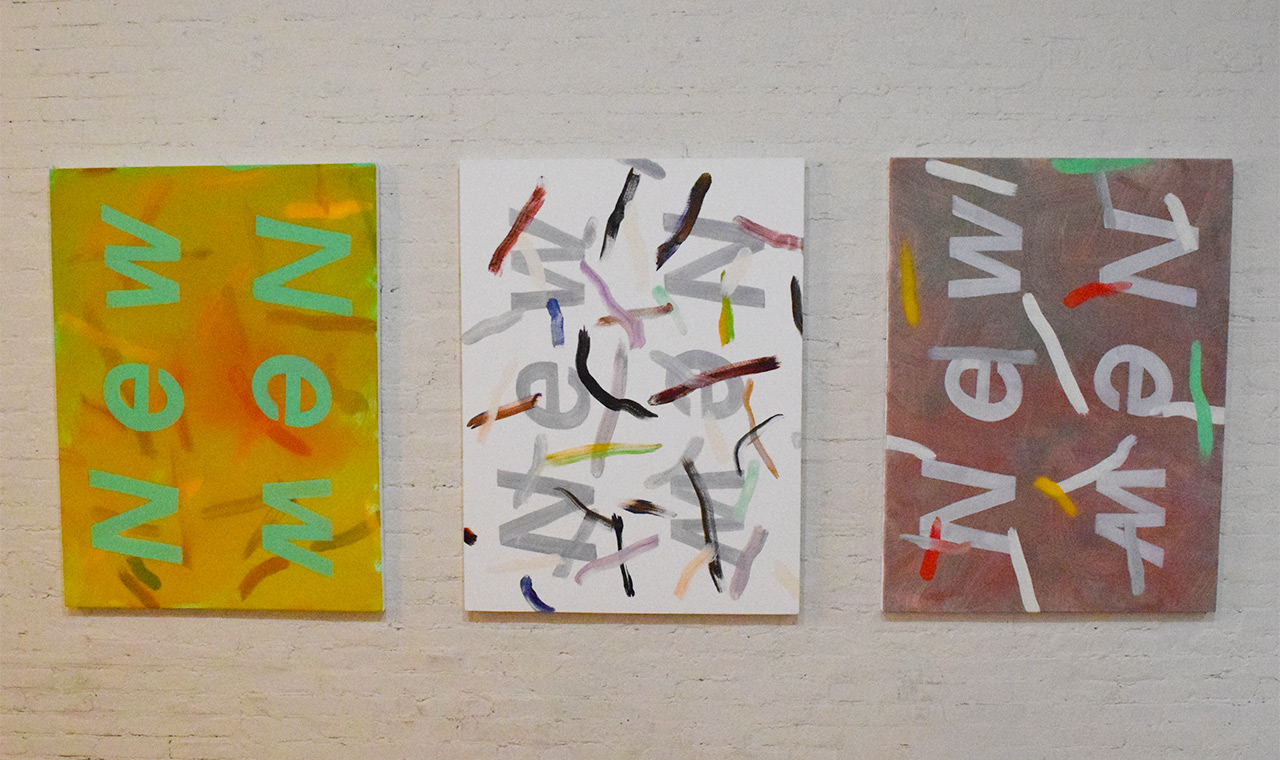
Three untitled paintings by Gregory Edwards in the lobby of MoMA PS1
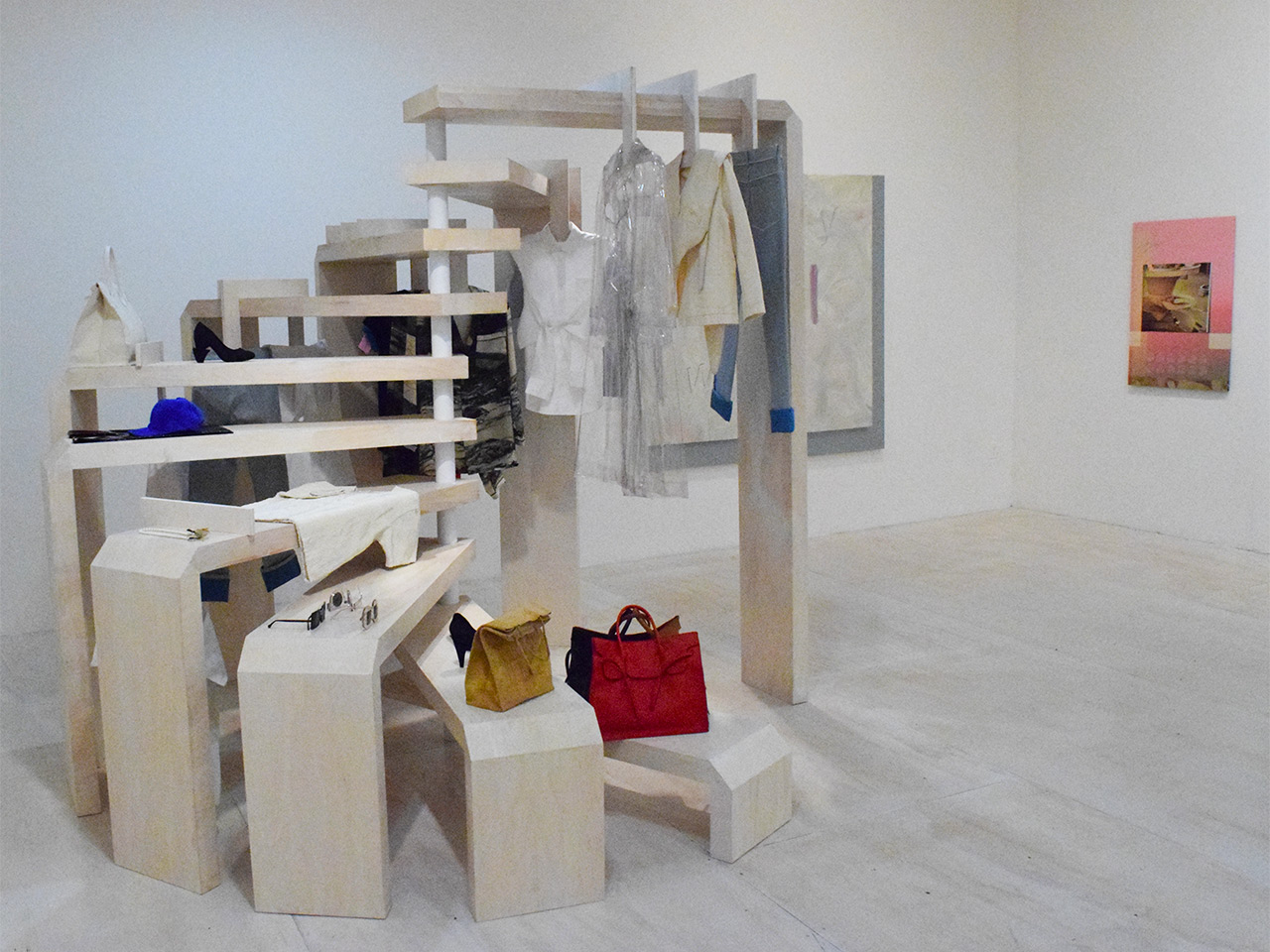
An installation and objects by Slow and Steady Wins the Race (left) and a painting by Seth Price (right)

Detail of fierce pussy’s installation “For the Record” (2010/15)
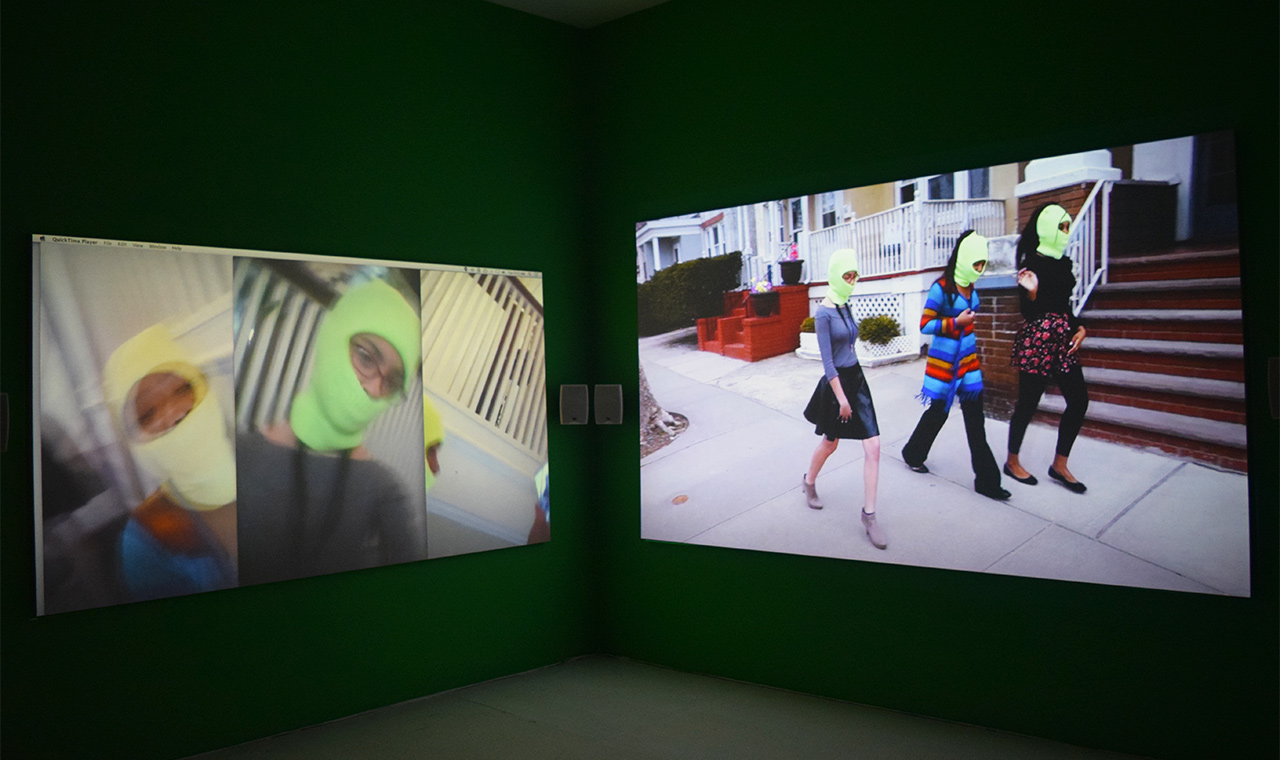
Sondra Perry, “Lineage for a Multiple-Monitor Workstation: Number One” (2015)
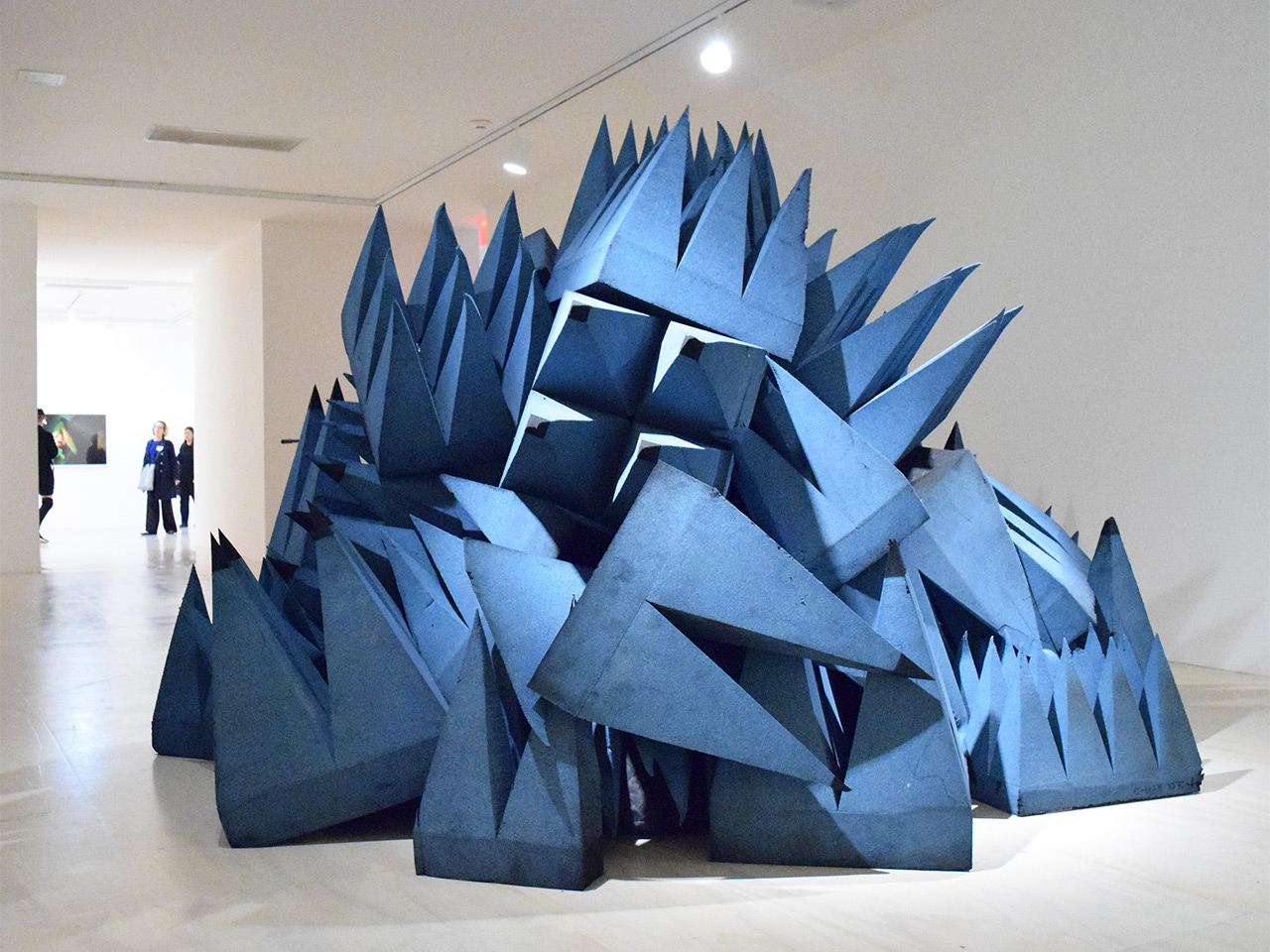
Lutz Bacher, “Magic Mountain” (2015)

Clothing and accessory designs by Susan Cianciolo
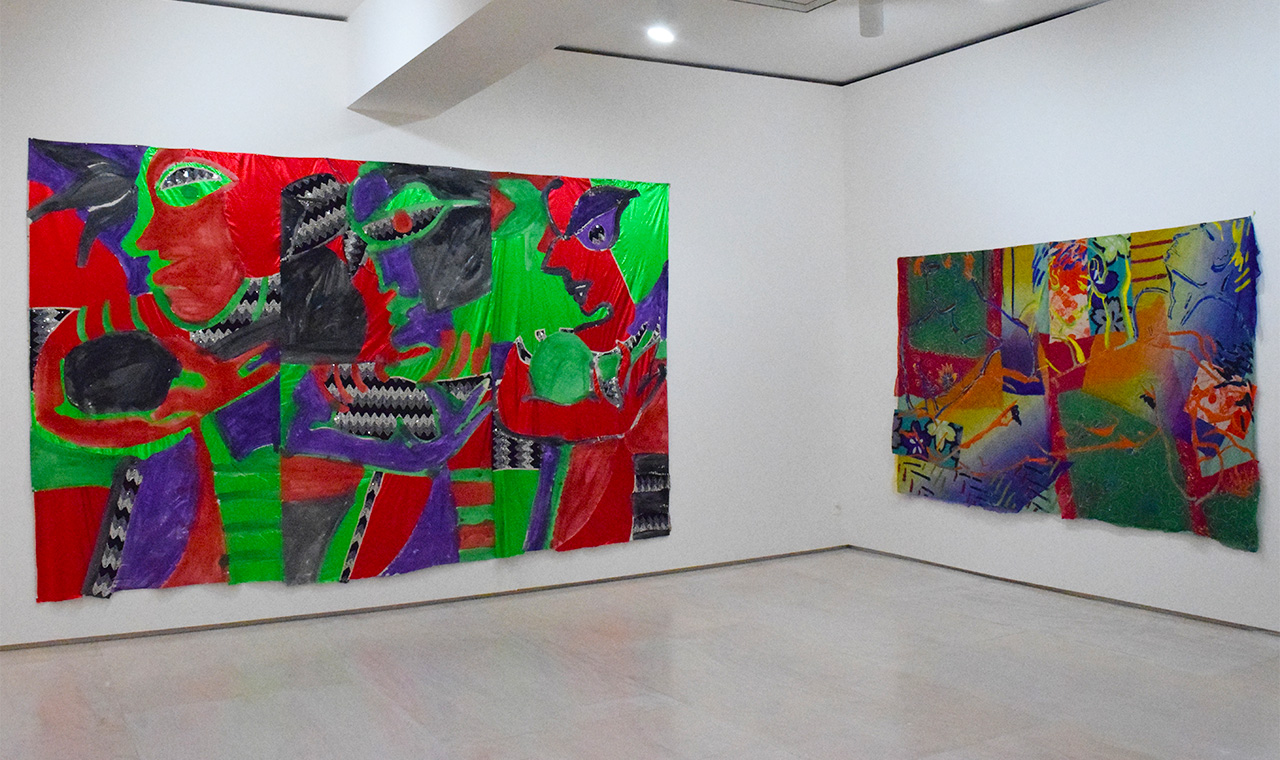
Robert Kushner’s “Samba Class” (1982, left) and “Torrid Dreams” (1983)
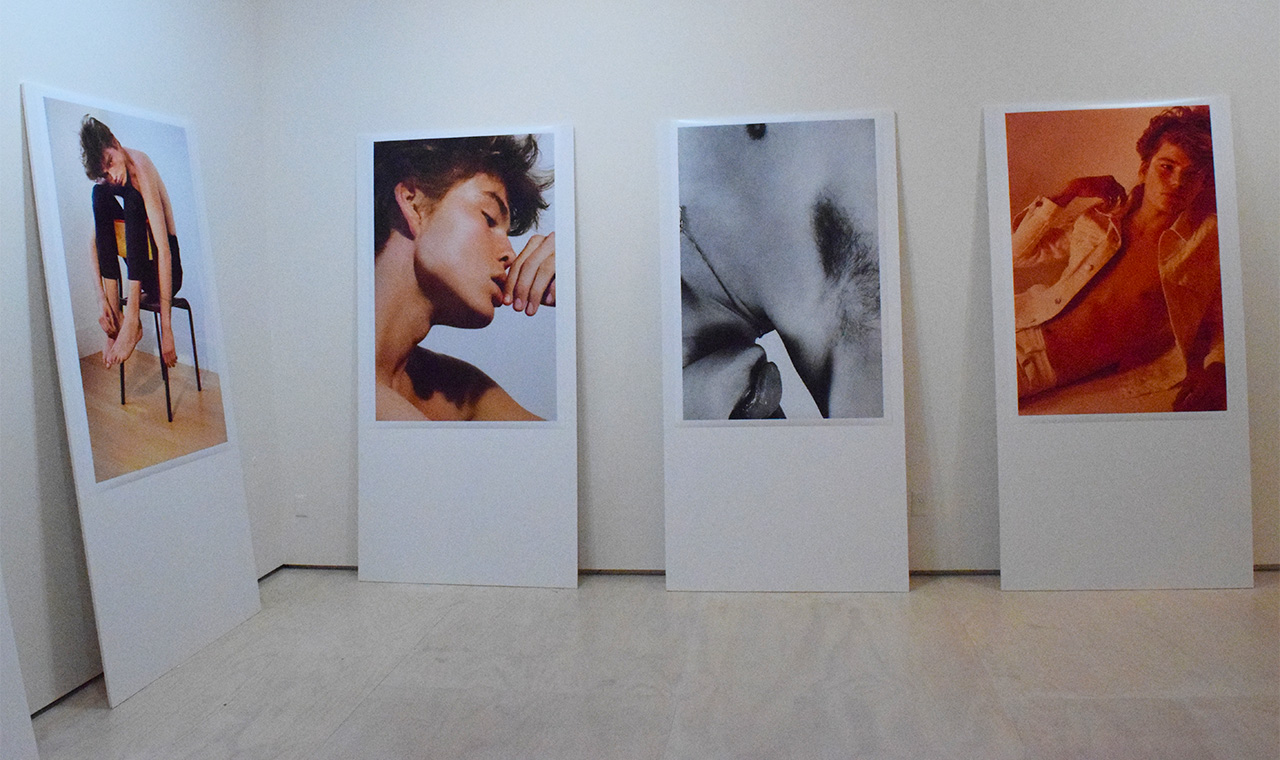
Works from Collier Schorr’s “Jordan Installation”
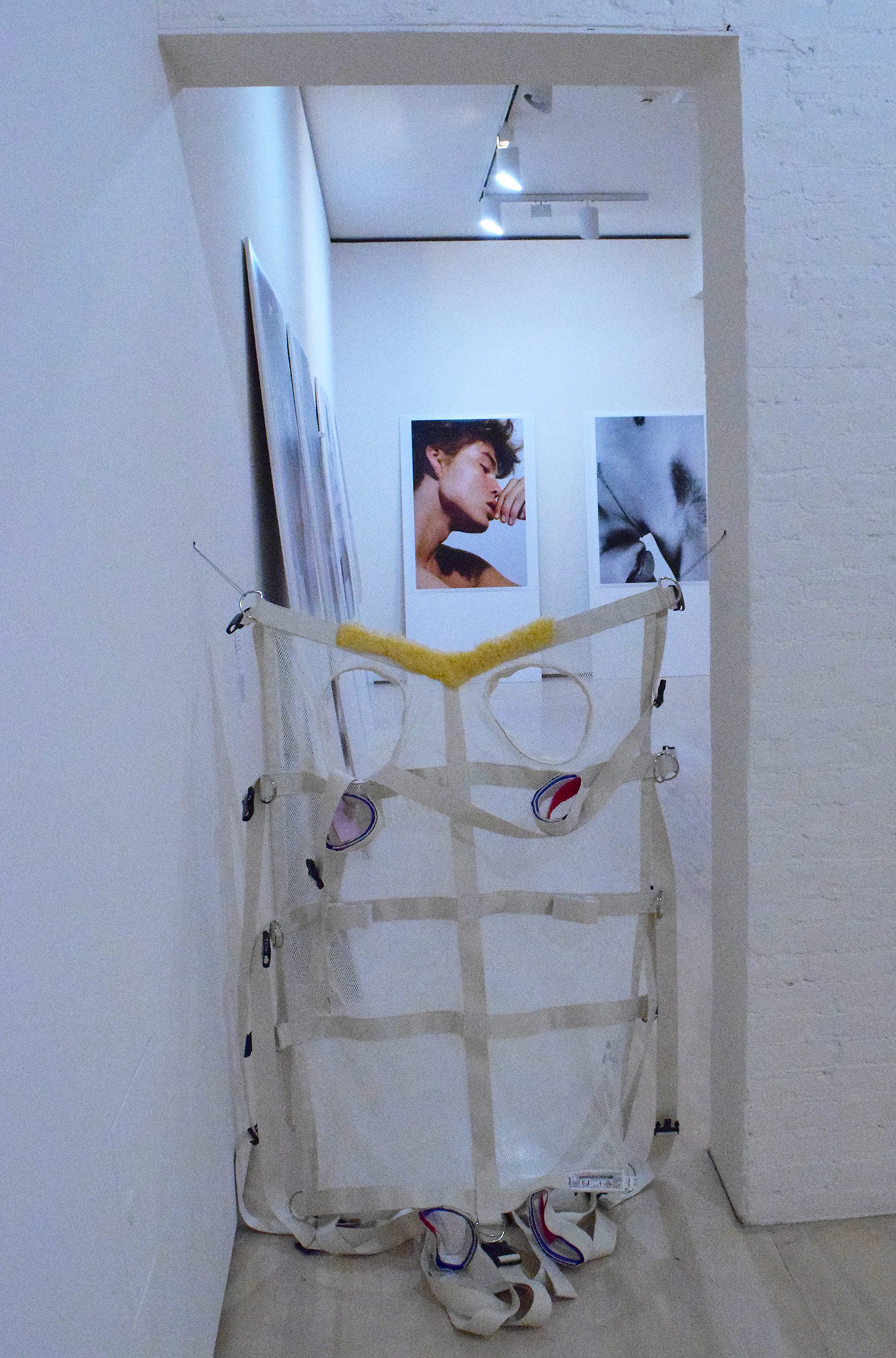
Park McArthur, “Posey Restraint” (2014) blocks a doorway on MoMA PS1’s second floor.
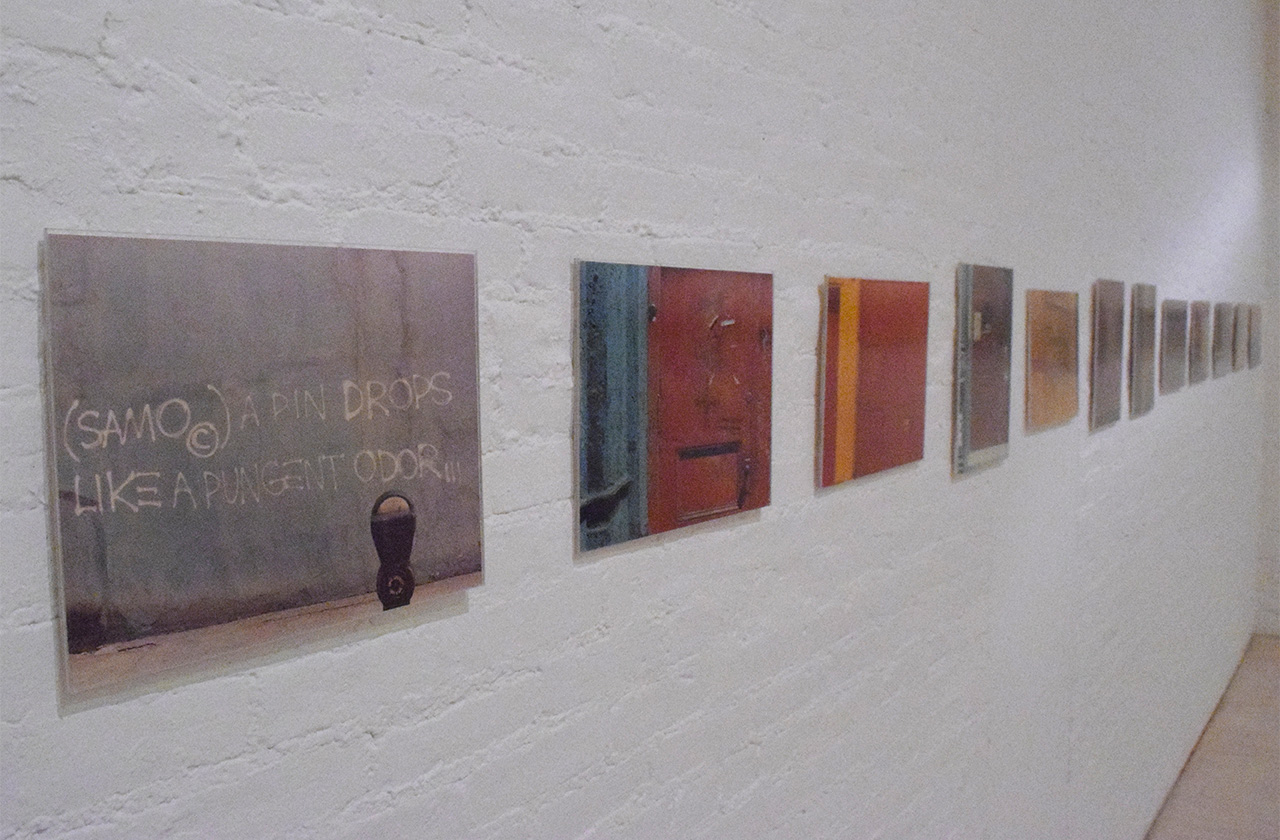
Henry Flynt’s 1979 photo series documenting Jean-Michel Basquiat’s “SAMO©” tags around New York City

The art collective KIOSK’s archive installation (2005–15) takes up an entire gallery on MoMA PS1’s second floor.

A large gallery devoted entirely to large figurative sculptures, including Elizabeth Jaeger’s “Maybe We Die So the Love Doesn’t Have to” (2015, right)

Raul de Nieves, “Day(Ves) of Wonder” (2007–14)

Ignacio Gonzalez-Lang, “Kueens” (2009)
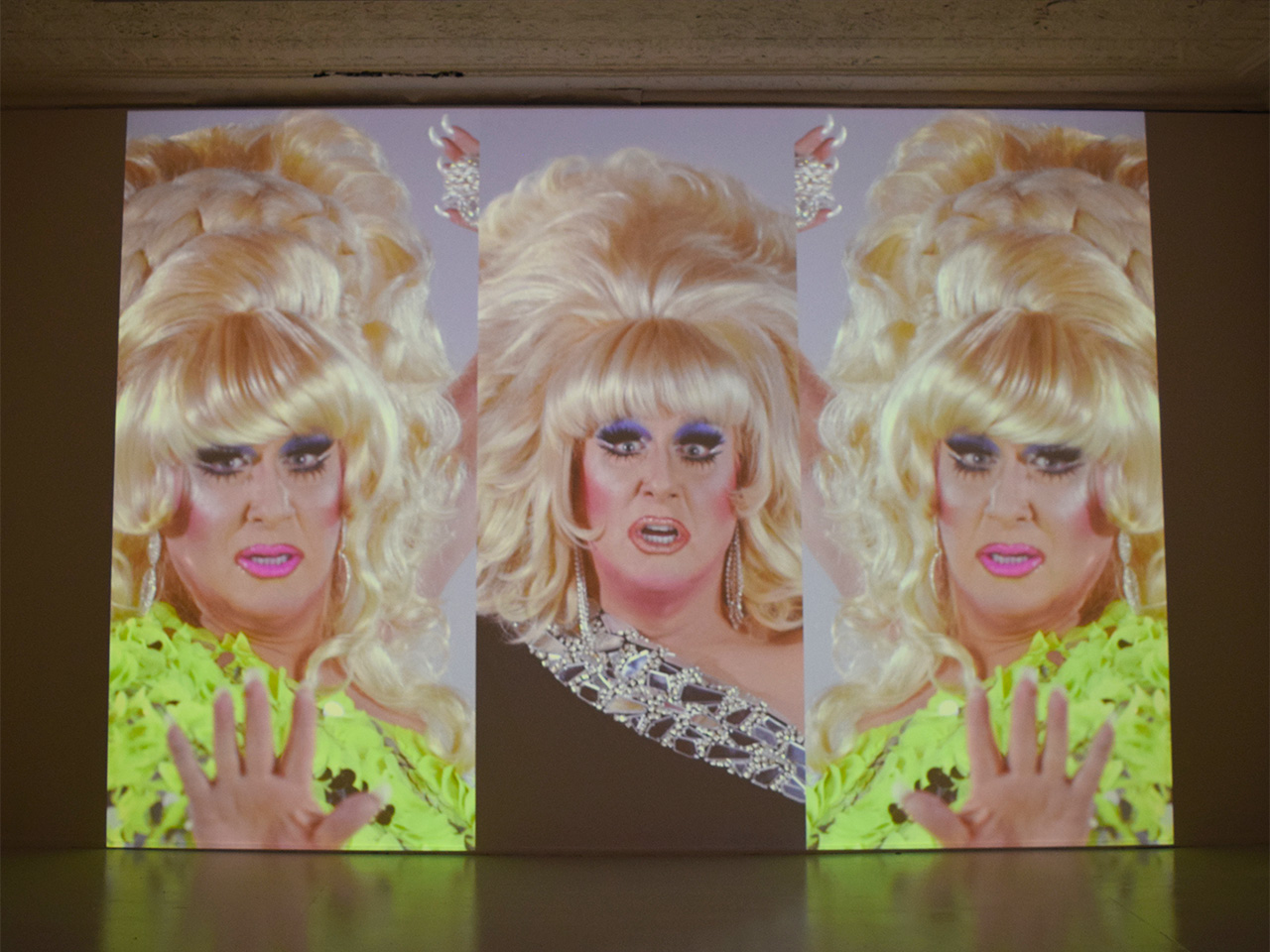
Charles Atlas, “Here She Is from the Waning of Justice” (2015)
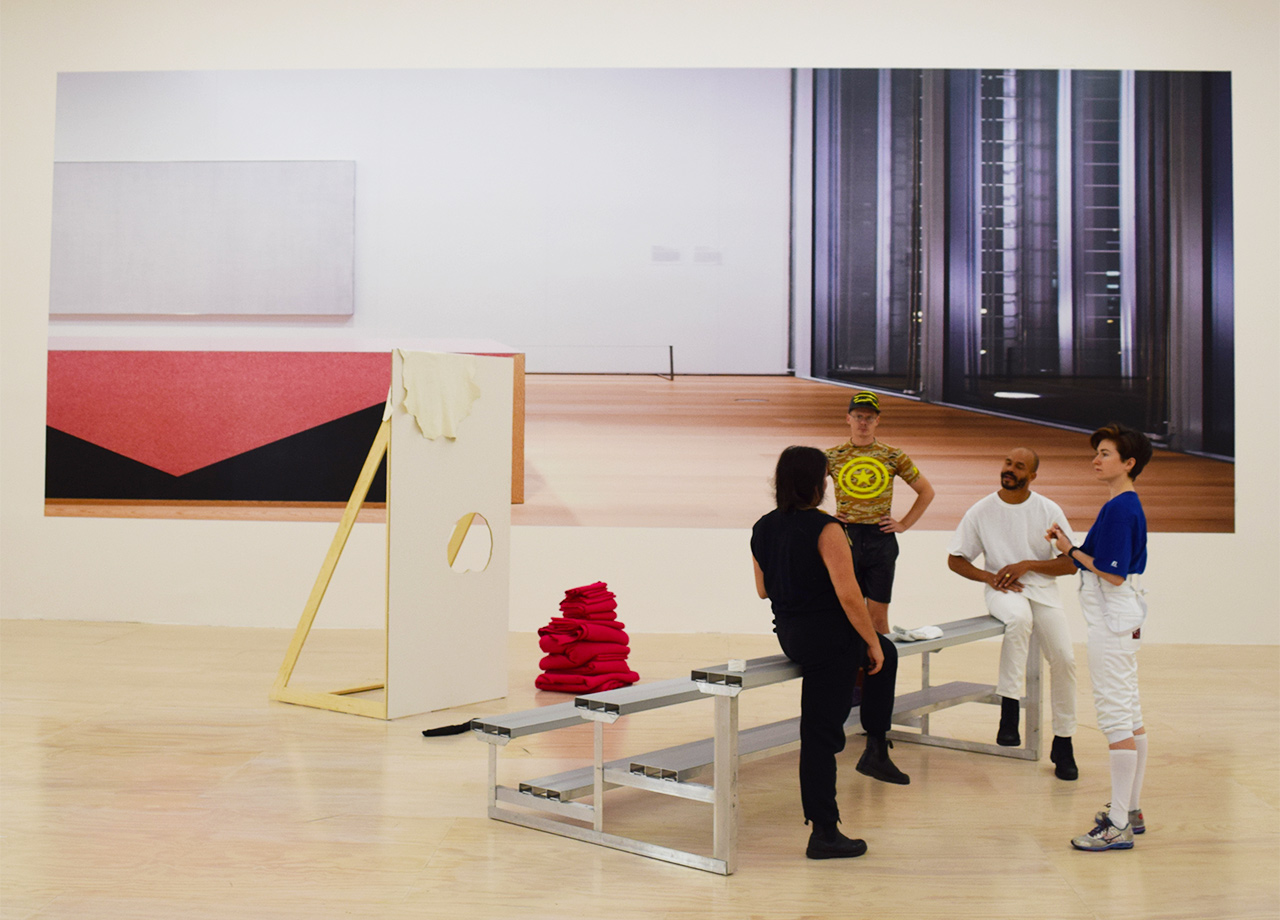
Choreographer Jen Rosenblit and her dancers rehearsing her performance piece “Clap Hands” beneath a large formica piece by Louise Lawler.
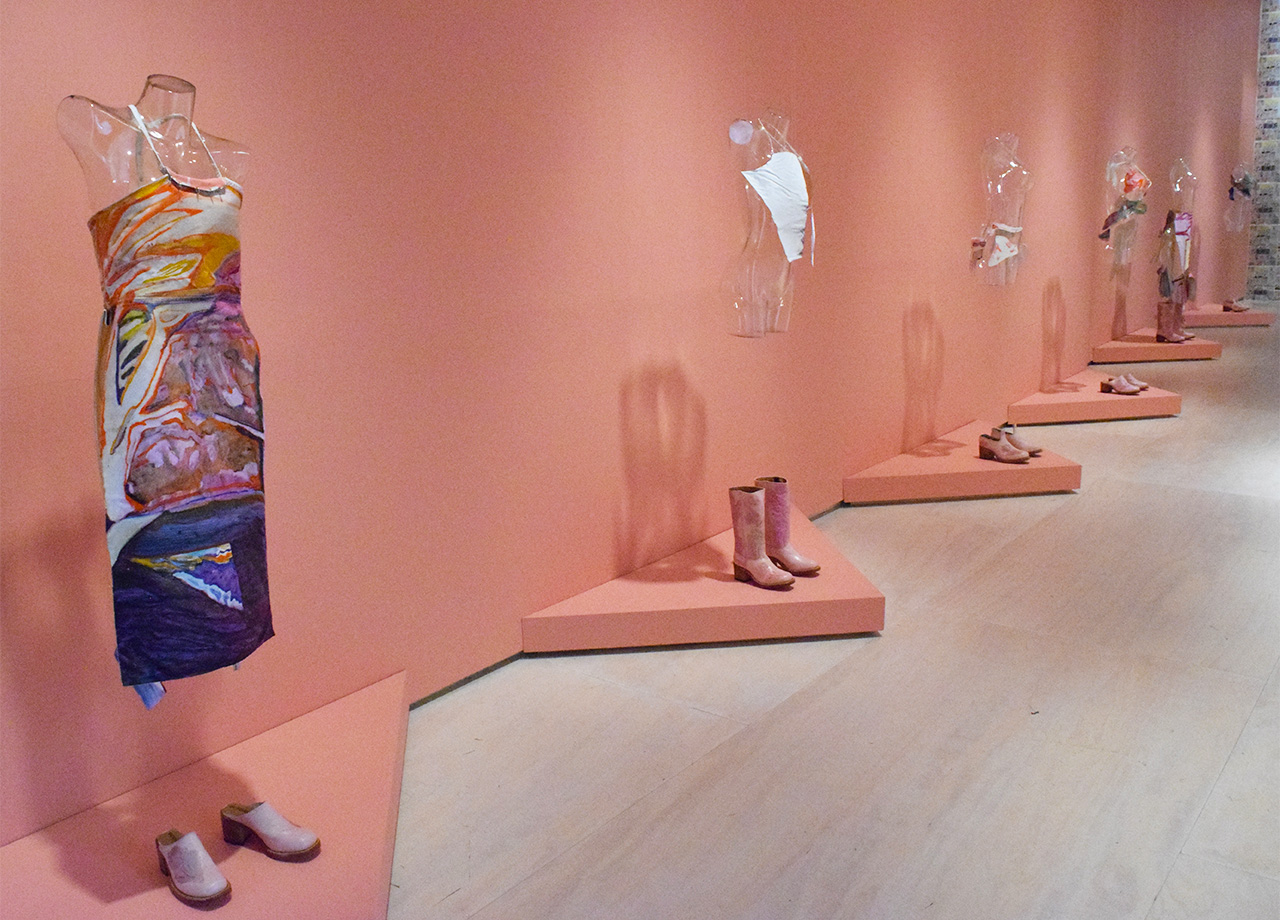
Fashion designs by Annabeth Marks and Eckhaus Latta
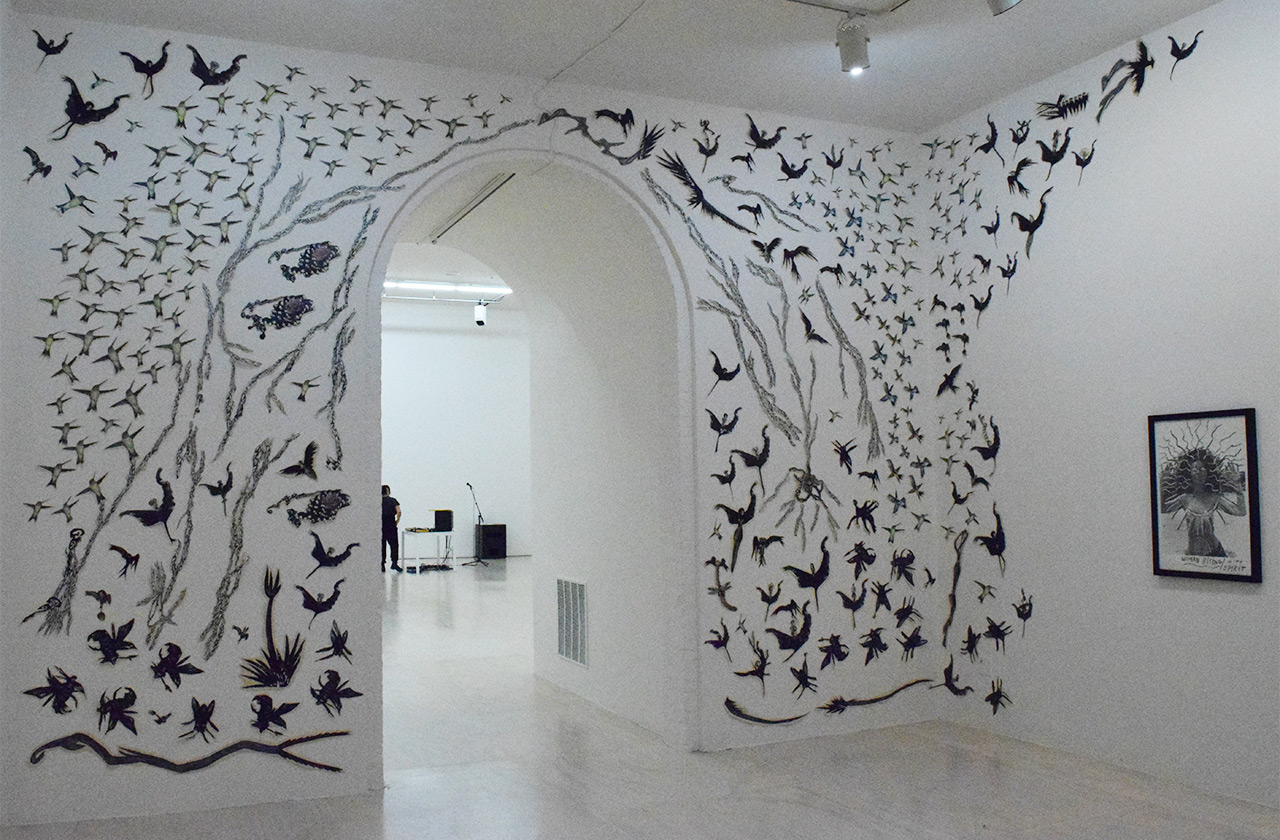
Collage installation by Mary Beth Edelson

Detail of Mary Beth Edelson’s installation, with collage images of Louise Bourgeois, Yoko Ono, Ana Mendieta, and other women artists (click to enlarge)

Mira Dancy wall painting “Broadway & Canal // Mystique Boutique” (2015, left) and painting “Body Clock” (2015, right)
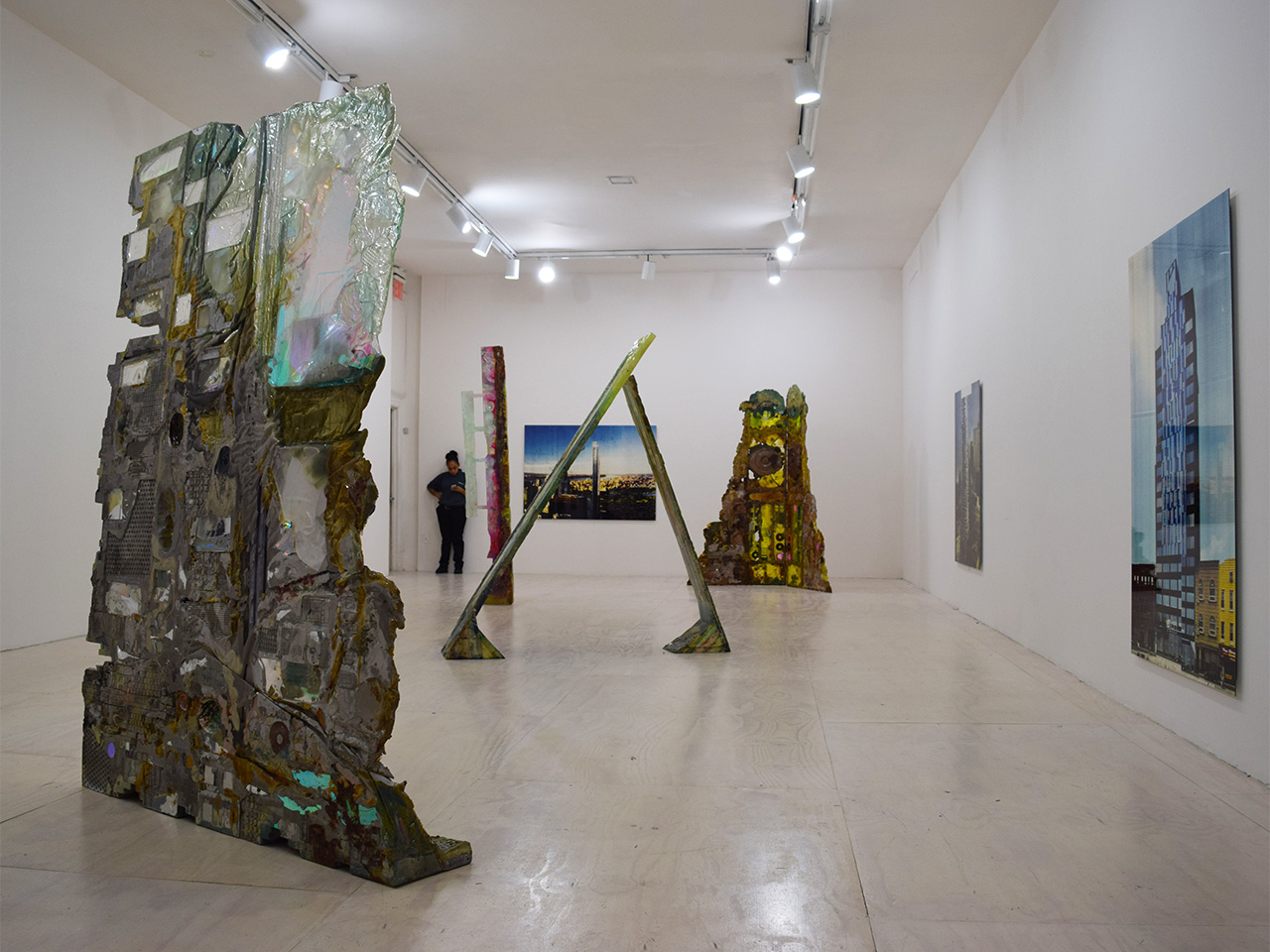
Sculptures by Amy Brener and photos by Nick Relph
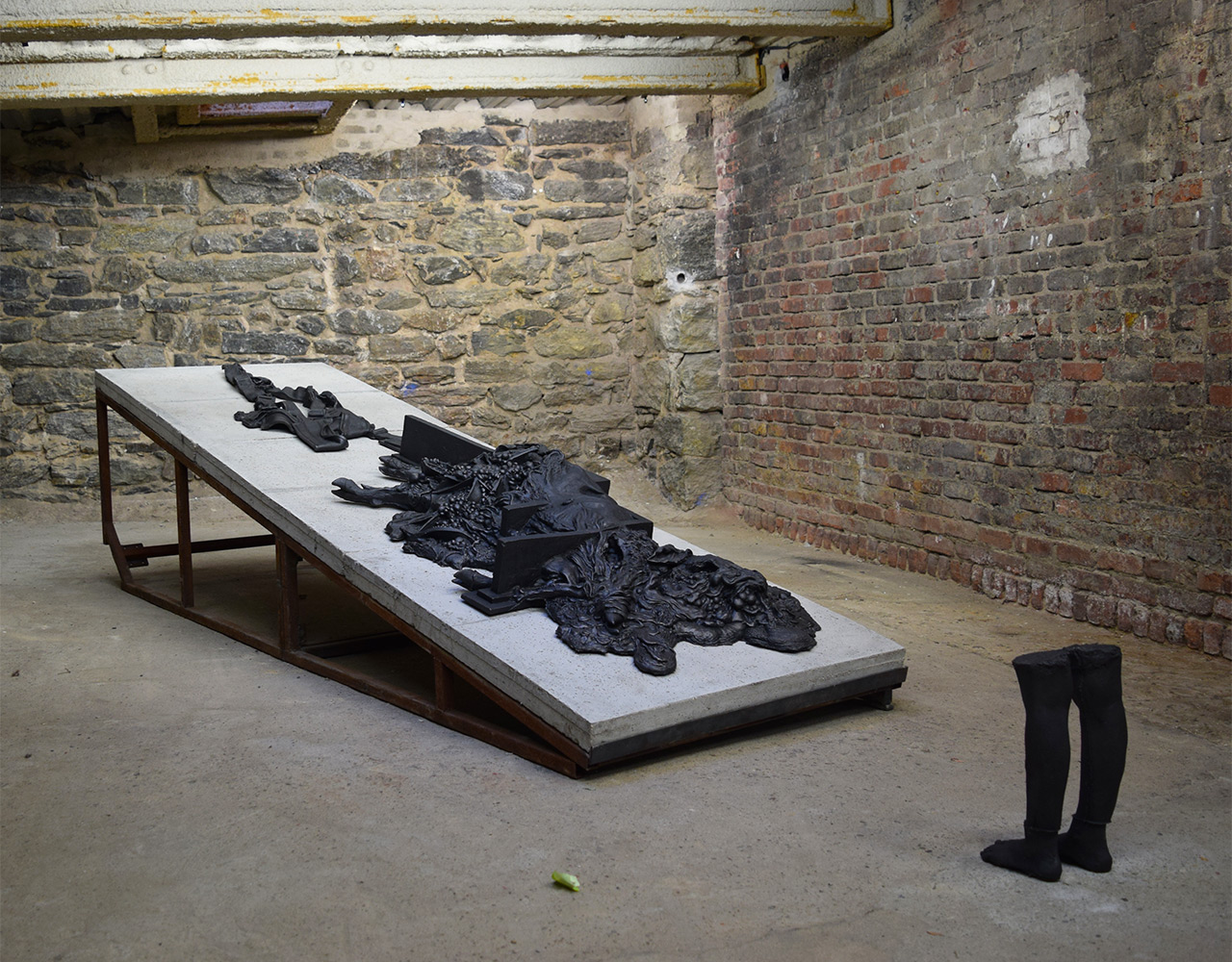
Lionel Maunz’s “Parasite” (2015) in MoMA PS1’s boiler room
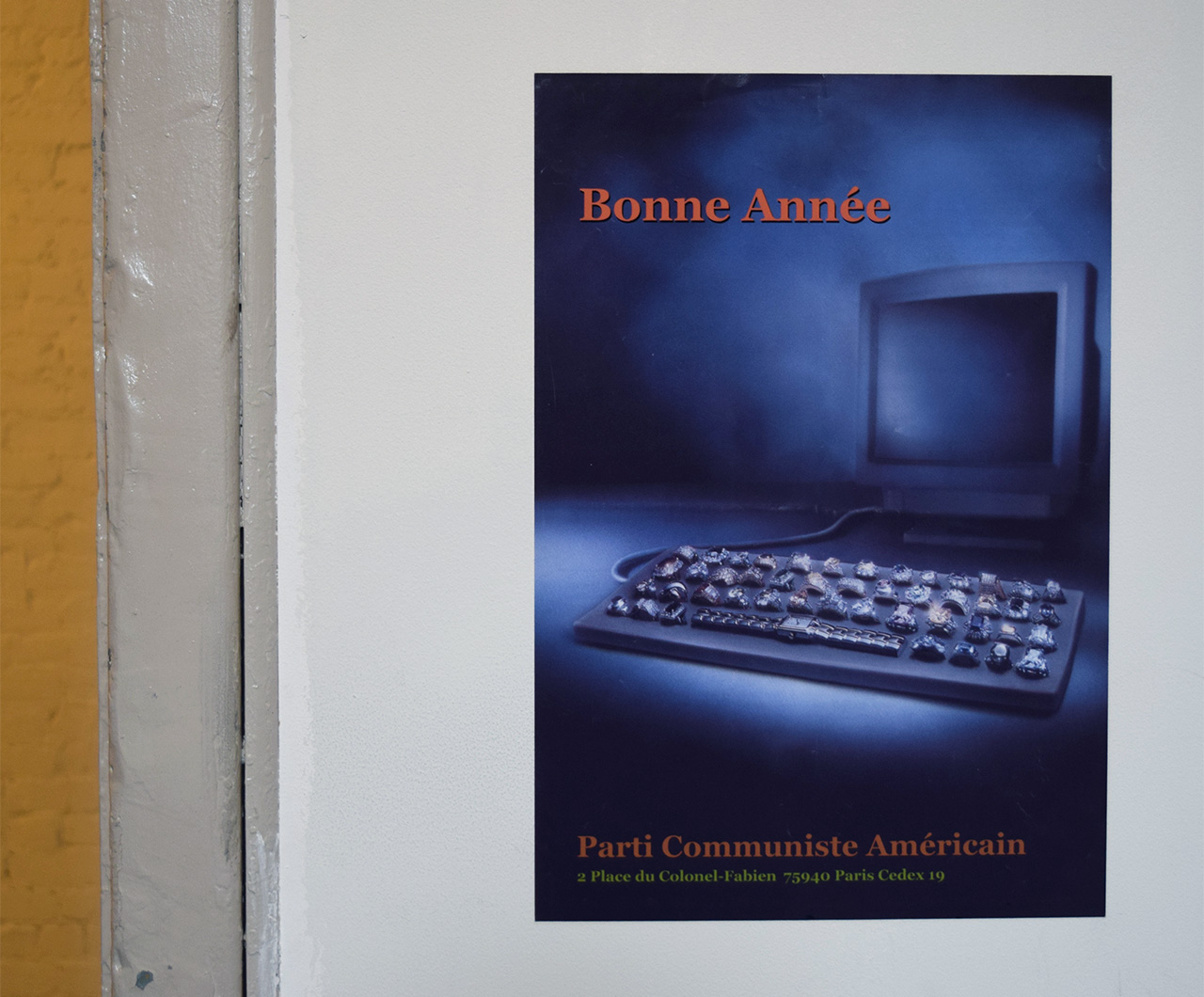
A print by Seth Price in a stairwell at MoMA PS1
Greater New York runs October 11, 2015–March 7, 2016 at MoMA PS1 (22-25 Jackson Avenue, Long Island City, Queens).